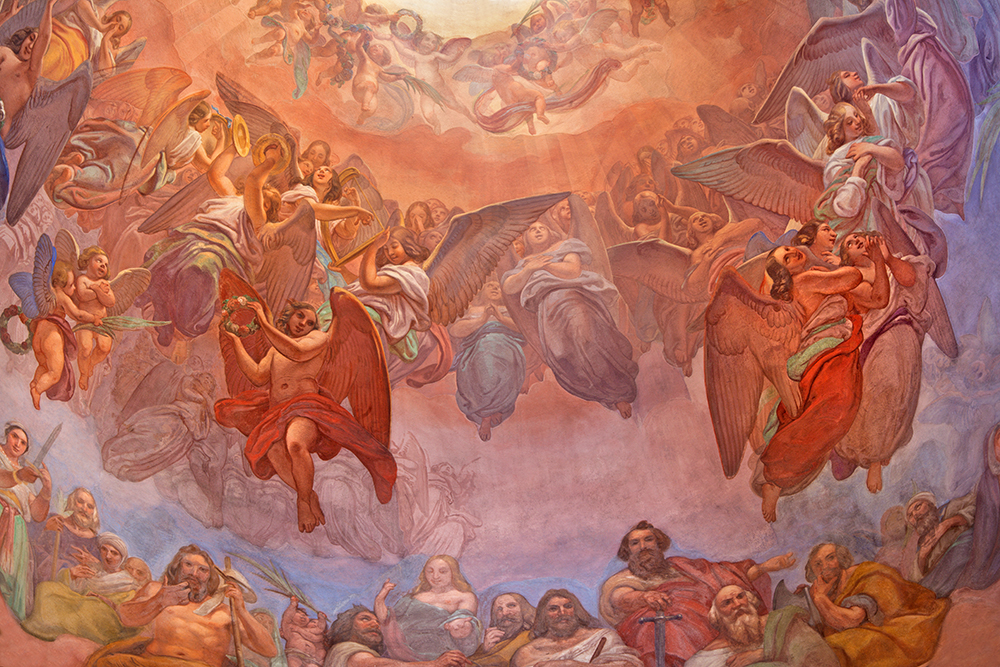St. Thomas states this himself in his Summa Theologiae: “The authority of Holy Scripture wherein they are so named. For the name ‘Seraphim’ is found in Isaiah 6:2; the name ‘Cherubim’ in Ezekiel 1 (cf. 10:15-20); ‘Thrones’ in Colossians 1:16; ‘Dominations,’ ‘Virtues,’ ‘Powers,’ and ‘Principalities’ are mentioned in Ephesians 1:21; the name ‘Archangels’ in the canonical epistle of St. Jude (9); and the name ‘Angels’ is found in many places of Scripture” (Summa Theologiae Prima Pars, Q 108, Art. 5).
Some, today, are critical of this citing from various unconnected Scriptures and wonder if the terms are not interchangeable.
But St. Thomas carefully sets forth the sensibility of the names of the nine choirs which speak to their property, eminence and participation in the divine economy. His reasoning is complex, but it has a depth that many of his merely dismissive critics lack.
In effect, St. Thomas argues as to the fittingness of the names of the ranks since they bespeak different levels and functions as well as properties. In this way, they are not simply different names used in different places of Scripture to designate the same reality.
There are real distinctions in the names of the ranks, which indicate nine divisions, or strata, if you will, which are also termed choirs, not in the sense of song, but in the sense of groups or a variety of levels of organization.

